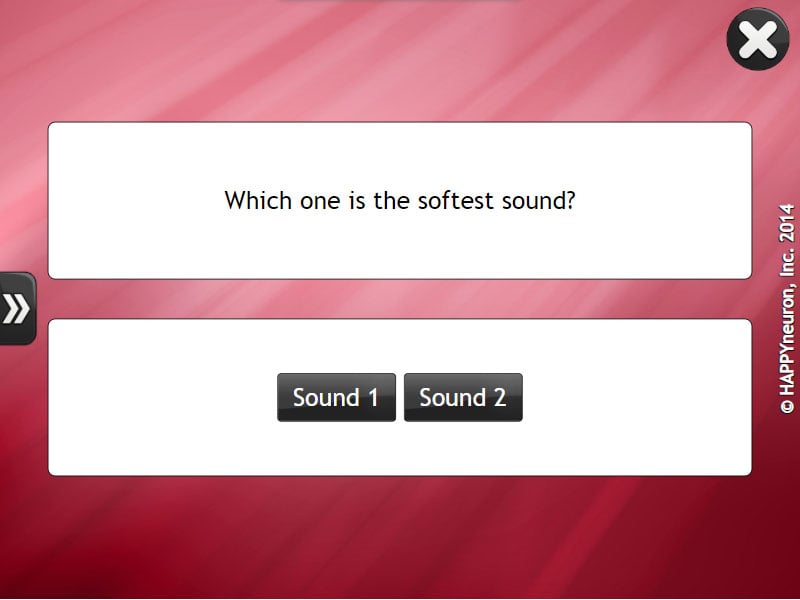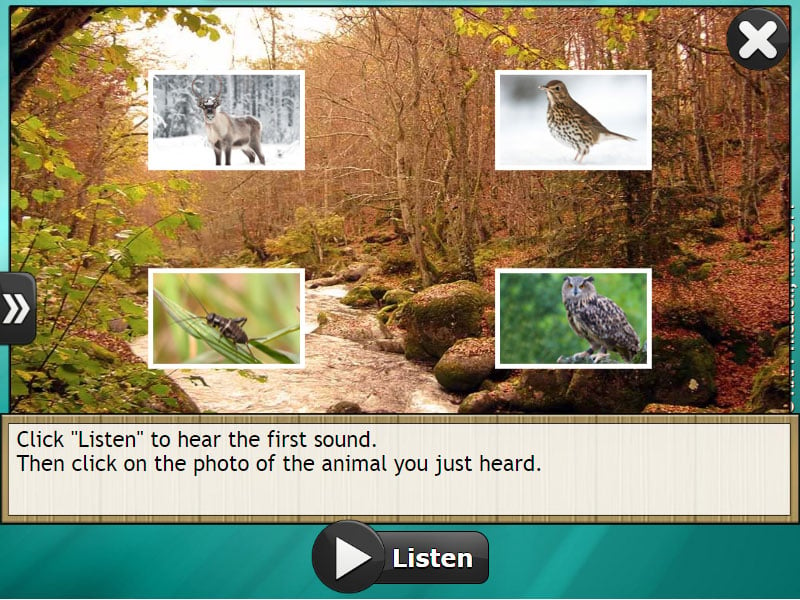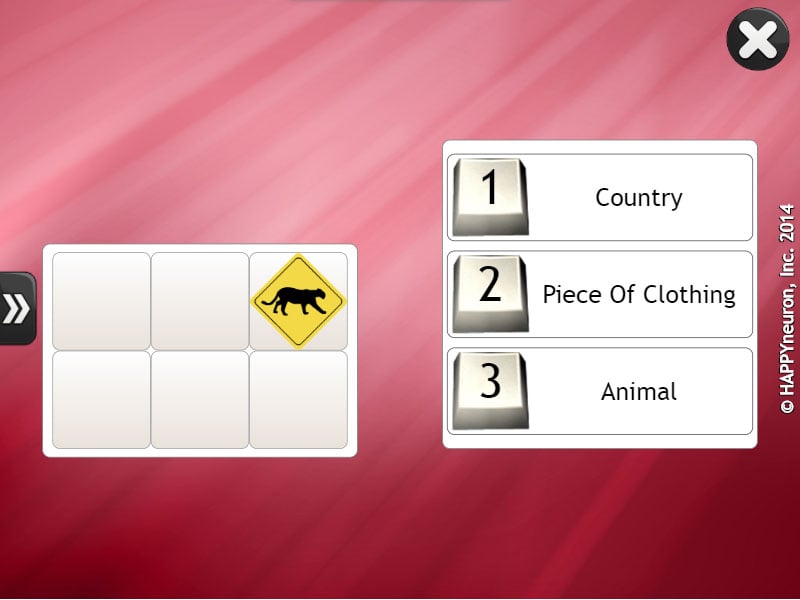Auditory processing refers to the cognitive process by which the brain interprets and makes sense of sounds heard through the auditory system. It involves various stages, from the reception of sound waves by the ear to the interpretation of these signals by the brain. Auditory processing encompasses several essential functions, including sound localization, discrimination between sounds, temporal processing (timing and sequencing of sounds), auditory memory, and spoken language comprehension.
Efficient auditory processing is crucial for communication, learning, and daily functioning. For example, it enables individuals to understand speech, follow directions, participate in conversations, and process auditory information in noisy environments. Strong auditory processing skills are also essential for academic success, as they contribute to skills such as reading comprehension and phonological awareness.
Difficulties with auditory processing can manifest in different ways, such as difficulty understanding speech in noisy environments, problems with auditory discrimination (e.g., distinguishing between similar sounds), challenges with auditory memory (remembering spoken information), and delays in language development. These difficulties can significantly impact an individual’s academic performance, social interactions, and overall quality of life.
In clinical settings, assessments of auditory processing abilities may be conducted to identify difficulties and develop appropriate interventions. Treatment for auditory processing disorders may include auditory training exercises, speech-language therapy, environmental modifications (e.g., minimizing background noise), and educational or work settings accommodations to support individuals with auditory processing difficulties.
Overall, understanding auditory processing and addressing related challenges are essential for promoting effective communication, learning, and overall well-being.
![]() Recognizing sounds from animals and instruments
Recognizing sounds from animals and instruments
![]() Recalling information shared in a voicemail
Recalling information shared in a voicemail
![]() Accurately pairing sounds with their producer
Accurately pairing sounds with their producer
Auditory attention refers to the cognitive process of selectively focusing on specific auditory stimuli while filtering out irrelevant sounds or distractions. It involves directing and maintaining attention toward auditory information relevant to the task at hand, such as listening to a conversation, following instructions, or attending to auditory cues in a noisy environment.




Auditory working memory is a cognitive system responsible for temporarily storing and manipulating auditory information over short periods to support ongoing cognitive tasks.




Pulling from our decades of experience in Cognitive Therapeutics, we aim to help you enrich your practice through the use of digital and paper tools.
Pricing + Offers


© 2023 HappyNeuron is a Product of Humans Matter